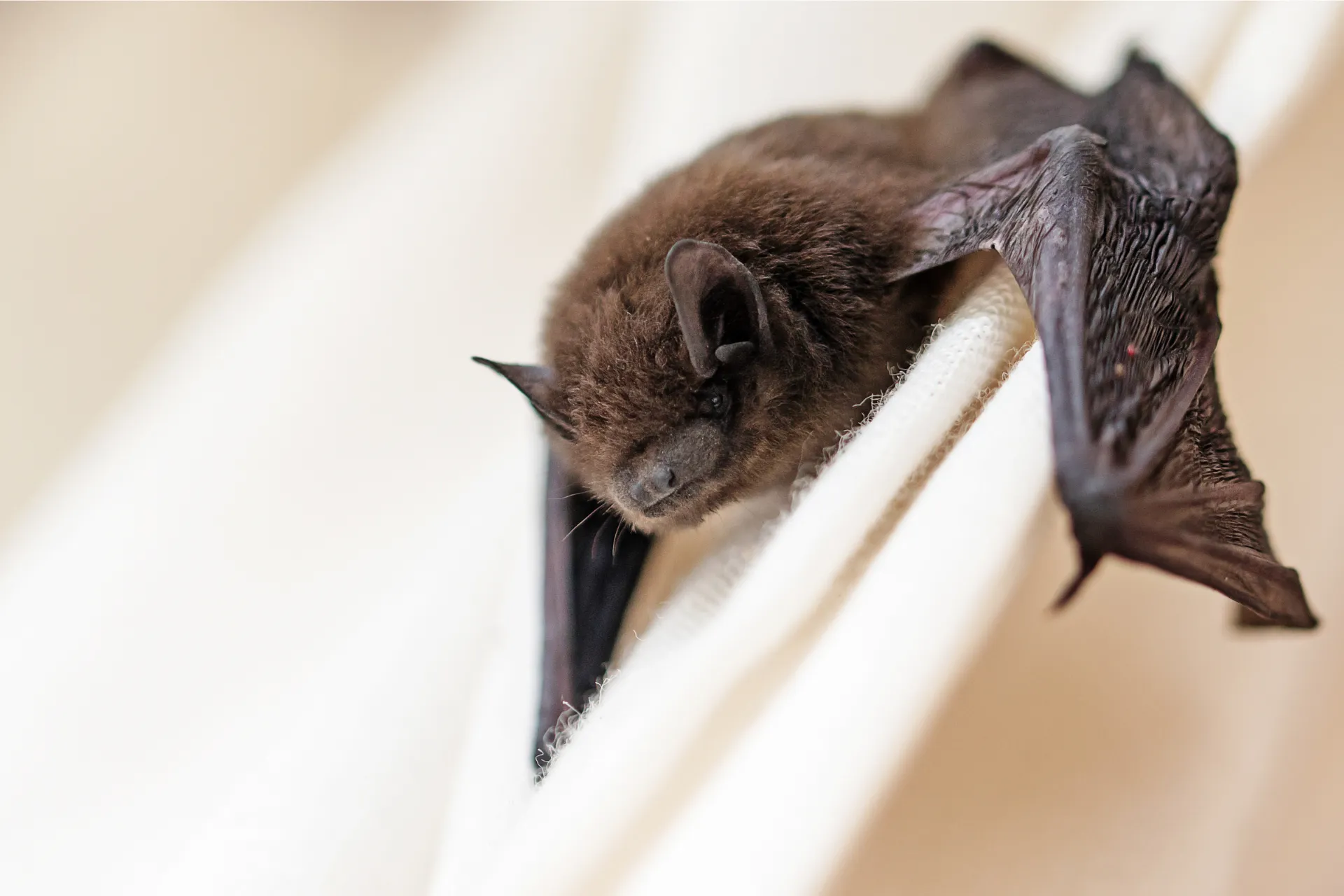Why Bats Choose Certain Homes: Risks and Prevention Tips For The Raleigh, NC Area
Bats are fascinating creatures that play a vital role in our ecosystem, particularly in controlling insect populations. However, when they decide to take up residence in our homes, their presence can lead to a host of problems, from structural damage to potential health risks. Understanding why these animals are drawn to specific homes is essential for safeguarding your property. Factors like architecture, location, and environmental conditions all contribute to why these creatures may find your home irresistible. By identifying these attractors, you can take steps to keep your home bat-free while maintaining their important ecological role.
The Role Of Location And Architecture
Your home’s location plays a significant role in attracting bats. If you live near wooded areas, lakes, or streams, your property is likely in the prime hunting and roosting territory for these nocturnal creatures. They prefer environments that provide abundant food sources, such as mosquitoes and other flying insects, which thrive near water and dense vegetation. Homes nestled in these landscapes inadvertently offer critters a convenient base of operations.
Additionally, bats are drawn to properties with quiet, undisturbed areas. If your home is located on the outskirts of a town or in a rural area, it’s even more appealing. These locations provide the solitude they seek for roosting, ensuring they can sleep during the day without being disturbed. While the natural beauty of such settings is undoubtedly appealing to us, it’s important to recognize how this attractiveness extends to wildlife, .
The architecture of your home might unknowingly invite bats inside. Older homes with unique structural elements like attic spaces, chimneys, or eaves create the perfect nooks and crannies to roost in. These features mimic the caves, hollow trees, and other natural spaces that they prefer in the wild. Even modern homes can inadvertently offer shelter if there are gaps in soffits, loose shingles, or poorly sealed vents.
Roofs with multiple peaks, steep slopes, or overhangs provide additional hiding places, allowing undetected entry. Once inside, the dark, warm, and quiet conditions of attics and crawl spaces make for ideal roosting spots. Bats are highly resourceful and can squeeze through openings as small as a half-inch in diameter, making it critical to inspect and seal potential entry points. By understanding how architectural design contributes to a home’s attractiveness, homeowners can take proactive steps to bat-proof their property.
The Lure Of Heat And Shelter
Temperature plays a significant role in why bats find certain homes so appealing. As creatures highly sensitive to their environment, they seek warm, stable spaces to roost, especially during colder months or the breeding season. The upper levels of a home, such as attics, naturally trap heat, creating an environment that is both consistent and conducive to their survival. During summer, when temperatures in attics can rise significantly, the warmth provides the perfect conditions for a colony to thrive. These temperature-controlled spaces mimic the natural caves and hollow trees they would otherwise inhabit, but with even greater protection and stability.
In addition to warmth, bats are drawn to areas that offer security from predators and harsh weather. Attics, chimneys, and crawl spaces provide this refuge, functioning as ideal sanctuaries to roost undisturbed. This becomes especially important during the maternity season when females form colonies to give birth and rear their pups. The protection offered by a home’s structure ensures that their have a safe space to grow, free from external threats. The combination of warmth and safety makes homes an irresistible option for bats, especially when natural roosting sites are scarce or compromised.
Food Sources Near Your Home
One of the main reasons bats gravitate toward specific areas is the availability of food. As insectivores, they rely on a steady diet of insects, often consuming thousands in a single night. Properties surrounded by gardens, fruit trees, or bodies of water inadvertently become prime feeding grounds, as these environments attract moths, mosquitoes, beetles, and other small insects. Even well-maintained lawns and outdoor lighting can increase insect activity, further drawing bats to the area. Bright lights, while aesthetically pleasing, attract a variety of flying insects that serve as an irresistible food source for these nocturnal hunters.
Although bats play an important role in natural pest control, their attraction to homes near abundant food sources can lead to challenges. A colony near or inside your home often results in the accumulation of guano, or droppings, which not only emits an unpleasant odor but can also damage wood, drywall, and other building materials. Moreover, guano can harbor harmful pathogens, creating potential health risks for your household. To minimize the appeal of your property to bats, managing food sources is key. This can involve adjusting outdoor lighting, keeping gardens and fruit trees well-maintained, and reducing stagnant water to decrease insect populations in the area.
Ignored Entry Points And Maintenance Gaps
Homes that lack regular maintenance often become unintentional havens for bats. These creatures are adept at finding and exploiting the tiniest of openings, with cracks, gaps, or missing elements in roofs, walls, and windows serving as perfect entry points. Uncapped chimneys, unsealed vents, and damaged screens are particularly inviting, offering easy access to warm, sheltered spaces. Even minor structural issues that go unnoticed can transform into major vulnerabilities once they establish themselves inside. Once they enter, their presence can lead to significant complications, ranging from structural damage to health risks associated with guano accumulation.
Taking proactive measures through regular home inspections and timely repairs is critical in preventing infestations. Addressing potential entry points by installing chimney caps, reinforcing vents with durable mesh, and replacing worn-out screens are practical steps that can deter bats from settling in. Properly sealing gaps and cracks with long-lasting materials ensures there are no open invitations. These preventive actions not only reduce the likelihood of bats entering your home but also help maintain the structural integrity and safety of the property. By committing to consistent maintenance, homeowners can effectively protect their living spaces while ensuring peace of mind.
Understanding the reasons bats are drawn to your home is crucial for effective prevention and long-term protection. At Integrated Wildlife Management, we go beyond surface-level solutions to address the root causes that make your property appealing to wildlife. Our team of experts is equipped to identify vulnerabilities, such as gaps in your roofline or unsealed vents, that serve as entry points for bats. By implementing tailored solutions, including sealing potential access areas and offering guidance on managing outdoor factors like lighting and landscaping, we help create an environment that is both secure and uninviting to invading species.
Proactive measures are key to maintaining the safety and integrity of your home. Don’t let a small oversight escalate into a costly or hazardous situation. Contact Integrated Wildlife Management today to schedule a comprehensive inspection. Together, we’ll safeguard your property while honoring the ecological importance of bats, ensuring a balanced coexistence. Let us help you achieve peace of mind and a bat-free home.

